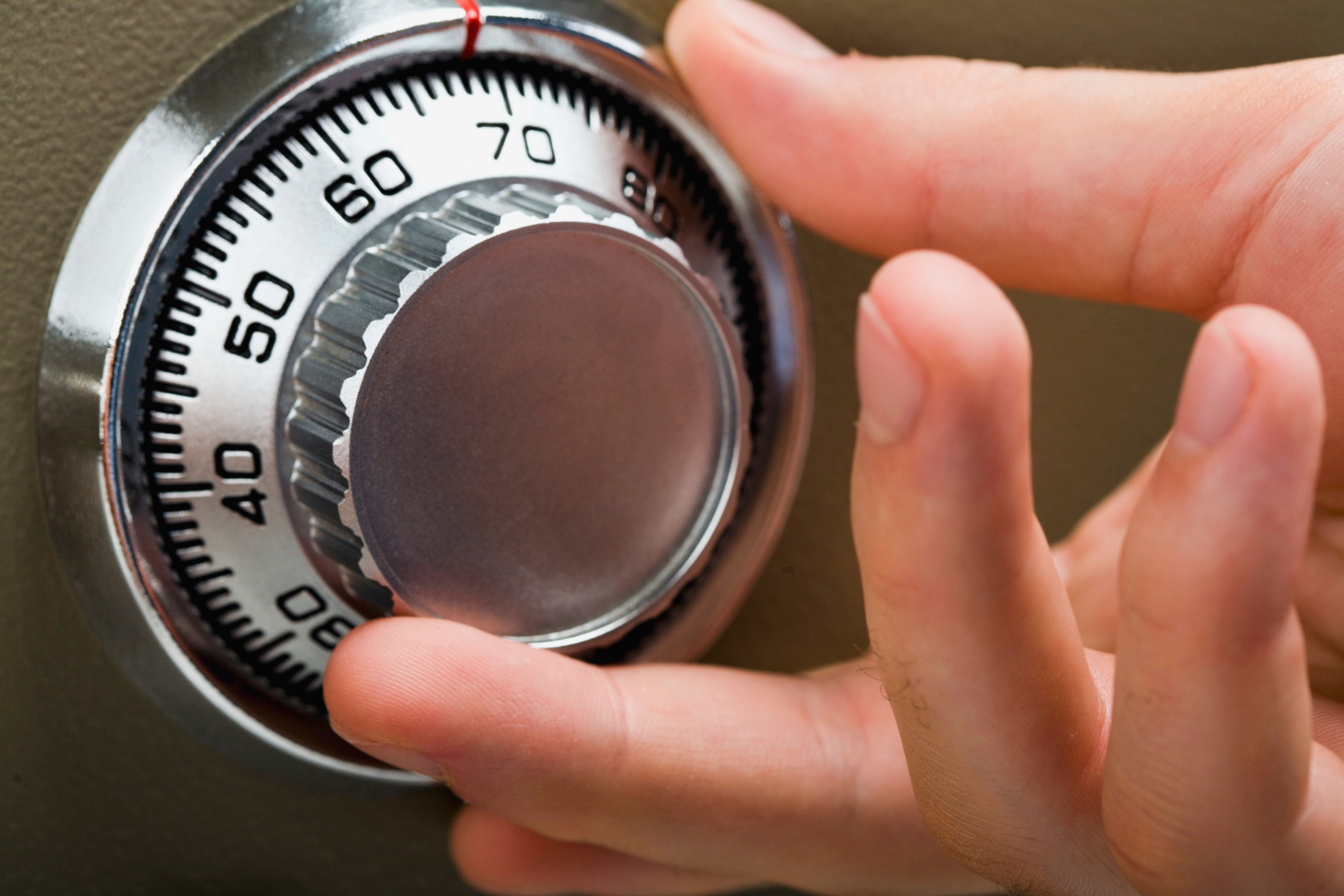
How much does it cost to install a doorbell camera? It depends on whether you plan to DIY or hire a pro. Learn about different models and their power sources, too.
Keep an eye on your front porch


While a professional doorbell camera installation costs around $300, a pro will know where to position the camera for the best viewpoint.
A pro can identify and turn off the correct circuit breaker, which is essential before working on any hardwired doorbell since electrical work is involved.
A security camera installer knows how to check your doorbell transformer to verify it provides the proper 16 to 24 volts your camera needs to function.
Among the many types of home security systems, doorbell cameras have definitely become popular in recent years. Depending on the make and model, installation can often be a DIY project—especially if your doorbell camera is a wireless, battery-powered one. Some wired models require electrical work, in which case installation is best left to a pro. Our step-by-step guide will walk you through how to install a doorbell camera.
A doorbell camera brings convenience and security to your front door. It lets you see what’s happening on the other side before answering the door. When you’re away, doorbell cameras can monitor your front porch and provide valuable evidence if you ever need to find who snatched your package. Some devices offer additional functions and can integrate with the rest of your home security system.
Doorbell camera installation costs $300 on average but can exceed $1,100 if you have major rewiring needs. Typically, battery-powered cameras cost less to install than wired models. If you’re considering upgrading your overall security system, it might be a better deal to bundle doorbell camera installation as part of that project.
Check your doorbell for its power source. If you have a hardwired doorbell, you may consider a wired model so your new camera will have a continuous power source. Meanwhile, battery-powered doorbell cameras can work almost anywhere, although they’ll need to be periodically recharged.
Doorbell cameras cost $20 to $300 on average. Wired models are usually more expensive than wireless ones and more complicated to install. However, hardwired models also tend to have more robust motion-sensing capabilities than their battery-powered counterparts.
Similar to other types of home security cameras, doorbell cameras follow a straightforward installation process. Regardless of whether your device is wired or wireless, you’ll start by cutting the power to your existing doorbell. If you have a hardwired doorbell camera, you’ll then inspect your doorbell transformer and rewire your doorbell chime. Then, whether your device is wired or wireless, you’ll finish up installation by removing your old doorbell, mounting the doorbell camera, turning the power back on, and completing any final configuration steps.
Whenever you work with an electronic appliance, you should always turn off the corresponding circuit breaker first. This allows you to safely handle electric wiring. If your breakers are not properly labeled, ask a friend to help you on this step. Turn off the breakers one by one and have your friend push the doorbell. If the doorbell doesn’t ring, you’ve found the correct breaker.
If installing a wireless doorbell camera, jump to step 4 once the breaker is turned off.
The transformer ensures your doorbell receives the correct voltage. Doorbell cameras usually require 16 to 24 volts to function properly. If the voltage is too low, the video doorbell won’t function properly. If the voltage is too high, the circuit units can get burnt.
Transformers are usually installed near the circuit breaker. If you don’t see it there, find it by opening your doorbell’s chime box and tracing the wiring for the “trans” signal. The transformer will tell you what voltage range it provides. Most doorbells already use a 16-24 transformer. If yours doesn’t, you will need to replace it if your new doorbell camera is hardwired.
Next, remove the cover of your doorbell chime. The inside will tell you whether you have a digital or mechanical chime, since the latter has a little hammer that physically hits the chime whenever the doorbell is pushed.
Mechanical chimes can be easily rewired, but digital chimes might require an additional diode to function properly with your new doorbell camera. Some doorbell cameras also require installing an adaptor regardless of the chime structure. You should check your doorbell camera’s installation manual for these instructions.
Now, you can finally take off the old doorbell. Remove the screws and disconnect the wires from the two terminals. If you’re installing a hardwired video doorbell as a replacement, you can tape the wire ends so they don’t fall into the walls and are ready to be connected to the camera.
If you’re installing a wireless, battery-powered doorbell, be sure to charge the batteries or put fresh ones in before finishing installation. Most doorbell cameras do not have a removable battery pack, so you’ll have to take the device off to charge it each time.
For wired doorbell cameras, pull the connector wires through the center hole on the mounting gear first. Then, attach the mounting bracket to the wall. Drill some pilot holes and screw the bracket in. Connect the wires to the terminals of your wired camera, or place the wireless doorbell camera into the mount. Fasten any security screws.
Turn the breaker back on and, if needed, power up your device. Complete any remaining configuration steps, which can usually be done via an app. You can adjust motion sensitivity and choose the type of alerts you want to receive, for example.
Regular maintenance will keep your doorbell camera functioning properly. Some tips include:
Regularly clean your camera with a soft microfiber rag
Keep your doorbell app up to date
Regularly reboot the system
Charge before the battery runs out
For hardwired cameras, check wiring and connections at least once a year
Check the mounting brackets at least once a year
When properly maintained, most doorbell cameras can last at least four to five years.
Wireless, battery-powered doorbell cameras are easy to install. However, wired cameras that require electrical work are best installed by a pro. A local security camera installation professional is your best choice for doorbell camera installation. On average, it costs $300 to install the doorbell camera, but complex wiring work may lead to higher costs.
Larger home security companies have their own technicians to install security systems. They can also ensure your new doorbell camera integrates seamlessly with your existing home security system.
When looking for a contractor, ask the following questions:
How long will it take?
Have you installed video doorbells from this company before?
How much will it cost me?
Can you provide testimonials from past customers?
From average costs to expert advice, get all the answers you need to get your job done.

How much does it cost to install a doorbell camera? It depends on whether you plan to DIY or hire a pro. Learn about different models and their power sources, too.

Discover wall safe installation cost details. Learn about average prices, key cost factors, and tips to save on your wall safe project.

From warding off intruders to protecting from falls, bars on windows can make a home much more secure. Here’s how much it costs to install bars on windows.

Using a chainsaw is dangerous work, so safety is essential. Here are the most important chainsaw safety tips to avoid injury.

Smoke detectors can save you precious time during a fire, so hire a qualified electrician to install hardwired smoke detectors and ensure they work properly.

Wondering where to place security cameras inside and outside of your home? Get expert guidance on the best locations for surveillance.